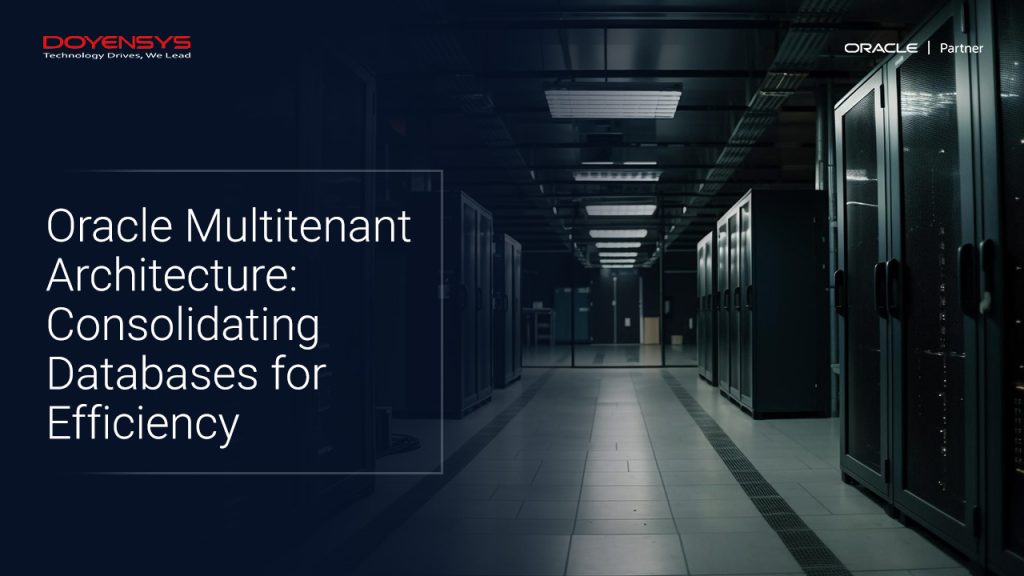In today’s data-driven world, managing databases efficiently is crucial for businesses to thrive. Oracle, a pioneer in database technology, presents a groundbreaking solution with its Multitenant Architecture. This innovation enables organizations to consolidate multiple databases, reducing hardware and management costs while enhancing resource utilization and simplifying administration.
 Understanding Oracle Multitenant Architecture
Understanding Oracle Multitenant Architecture
Oracle Multitenant Architecture, introduced with Oracle Database 12c, redefines the way databases are managed in enterprise environments. Traditionally, each database required a dedicated Oracle instance and its associated resources, leading to high hardware, software, and administrative overhead. This approach became increasingly impractical as the number of databases grew.
Multitenant Architecture introduces the concept of a Container Database (CDB) and Pluggable Databases (PDBs). The CDB is a container that holds multiple PDBs, each functioning as an independent, fully isolated database. This separation allows for efficiently consolidating databases on a single Oracle instance.
Benefits of Multitenant Architecture
- Cost-Efficient: By consolidating multiple databases into a single CDB, organizations can significantly reduce hardware and software costs. This approach minimizes the need for separate instances and resources, optimizing infrastructure utilization.
- Streamlined Management: Managing a single CDB is more efficient than overseeing multiple standalone databases. Database administrators can perform tasks at the CDB level, such as backup and patching, and propagate changes to all associated PDBs effortlessly.
- Isolation and Security: Each PDB remains isolated from others within the CDB, ensuring data security and privacy. Administrators can grant specific permissions and allocate resources to each PDB independently.
- Resource Sharing: Multitenant Architecture allows for the efficient sharing of resources among PDBs. This dynamic allocation ensures that databases receive the necessary resources based on demand, enhancing overall performance.
- Quick Provisioning: Creating new PDBs is a streamlined process, making it easier to provision databases as needed for various applications or departments. This agility supports rapid development and deployment.
- Reduced Downtime: Database maintenance and upgrades can be executed with minimal downtime, thanks to the container-based approach. This results in increased availability and reduced disruption to critical operations.
Embracing the Future of Database Management
Oracle Multitenant Architecture represents a leap forward in simplifying database management and optimizing resource utilization. By consolidating databases into a unified infrastructure, organizations can achieve significant cost savings, improve security, and streamline administrative tasks.
As businesses continue to grow and evolve, Oracle Multitenant Architecture stands as a strategic choice for efficient database consolidation and management. Its ability to adapt to changing demands while reducing operational complexity makes it an invaluable asset in the digital age.
To explore how Oracle Multitenant Architecture can benefit your organization or for expert guidance on implementation, reach out to the database experts at Doyensys. Unlock the power of efficient database consolidation with Oracle’s innovative solution.

